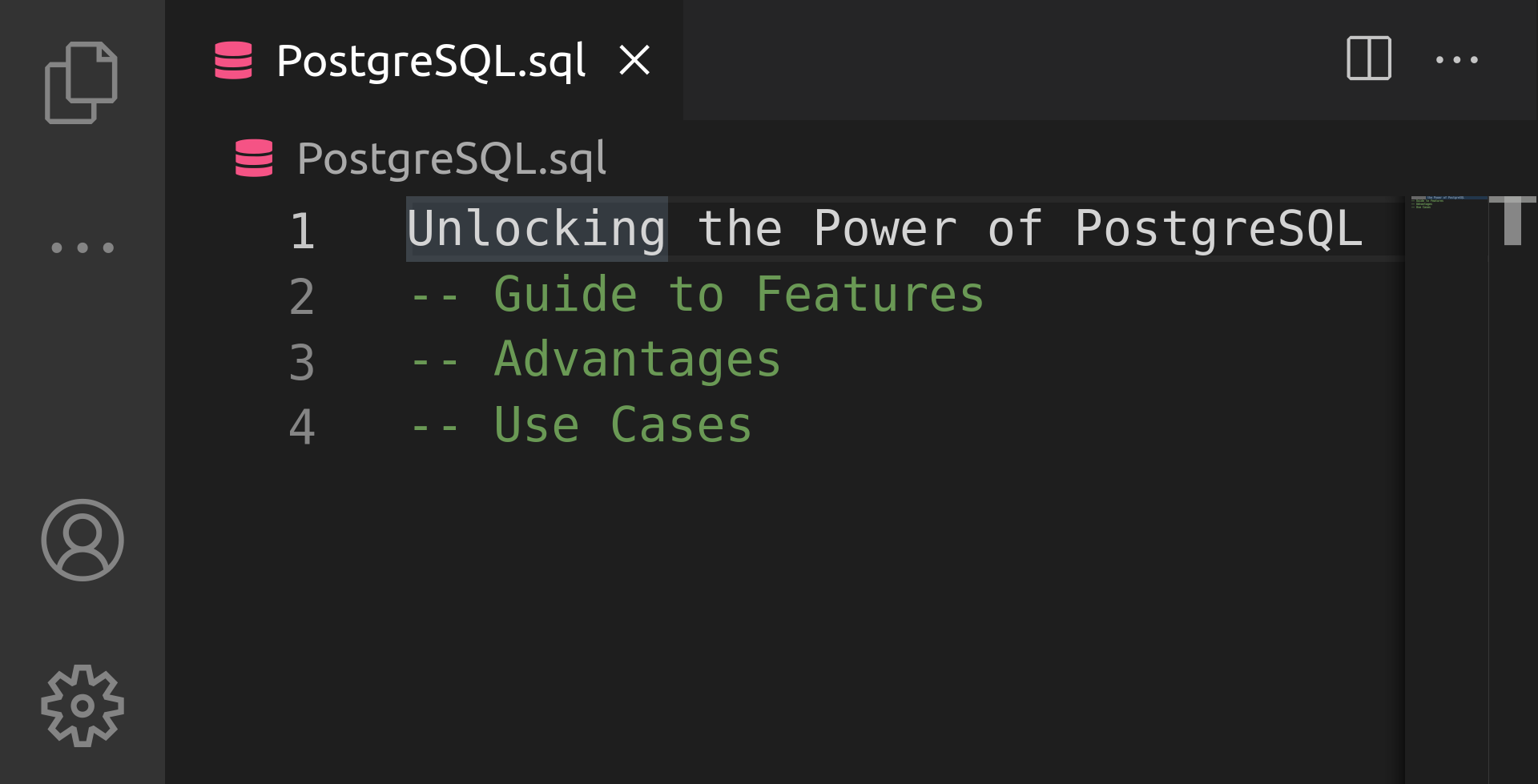Unlocking the Power of PostgreSQL: Guide to Features, Advantages, and Use Cases

PostgreSQL, also known as Postgres, is an open-source relational database management system (RDBMS) that is known for its reliability, scalability, and advanced features. It is often used for web applications, data warehousing, and business intelligence (BI) applications.
In this article, we will take a closer look at PostgreSQL and explore its features, advantages, and use cases.
History of PostgreSQL
PostgreSQL was first developed at the University of California, Berkeley in the 1980s by a group of computer science researchers. The first version of PostgreSQL was released in 1989 and since then it has grown in popularity and matured in its capabilities. Today, PostgreSQL is widely used by organizations of all sizes and is considered one of the most advanced open-source relational databases.
Features of PostgreSQL
PostgreSQL is a powerful RDBMS that offers a wide range of features for managing and manipulating data. Some of the most notable features of PostgreSQL include:
- SQL Support: PostgreSQL supports the Structured Query Language (SQL), which is the standard language for relational databases. This allows developers to easily create and manage databases, as well as perform complex queries and data manipulation tasks.
- Advanced-Data Types: PostgreSQL supports a wide variety of advanced data types, including arrays, hstore (key-value store), JSON, and user-defined types.
- Concurrency Control: PostgreSQL supports advanced concurrency control methods such as Multi-Version Concurrency Control (MVCC) and Serializable Snapshot Isolation (SSI), which allow for high levels of concurrency and consistency.
- Replication: PostgreSQL supports several types of replication, including synchronous and asynchronous replication, logical replication, and cascading replication.
- Extensibility: PostgreSQL is highly extensible, allowing developers to create custom functions, operators, and data types using a variety of programming languages such as C, Python, and PL/pgSQL. This allows for the creation of custom functions, operators, and data types, which can be used to customize the database to the needs of specific applications.
- Extensive Data Integrity: PostgreSQL offers a wide range of data integrity features, including support for transactions, constraints, and triggers, which help ensure the consistency and accuracy of data.
- Advanced Indexing: PostgreSQL provides advanced indexing options, including support for B-tree, hash, and GiST indexes, as well as full-text search and spatial indexing.
- Security: PostgreSQL provides a wide range of security features, including support for role-based access control, data encryption, and auditing, which help to ensure the confidentiality and integrity of data.
Advantages of PostgreSQL
PostgreSQL is popular among developers and organizations due to its many advantages, some of which are:
- Open-source: PostgreSQL is open-source software, which means it is free to use, distribute, and modify.
- Cross-platform: PostgreSQL can run on a variety of operating systems, including Windows, Linux, and macOS.
- High Performance: PostgreSQL is known for its high performance and can handle large amounts of data and high levels of concurrency.
- Advanced Features: PostgreSQL offers a wide range of advanced features, such as advanced data types, replication, and extensibility, which make it well-suited for complex data management tasks.
- Large Community: PostgreSQL has a large and active community of users and developers, which means that there is a wealth of documentation, tutorials, and support available.
Use Cases
PostgreSQL is widely used in a variety of applications and industries, some of the most common use cases include:
- Web Applications: PostgreSQL is a popular choice for web applications due to its high performance, scalability, and advanced data types. It is often used in content management systems (CMS) such as WordPress, Joomla, and Drupal, as well as e-commerce platforms like Magento and Shopify.
- Data Warehousing: PostgreSQL is often used as a data warehouse due to its scalability and ability to handle large amounts of data. It is often used in combination with business intelligence (BI) tools to analyze data and make informed business decisions.
- Business Intelligence: PostgreSQL’s advanced features, such as support for advanced data types, advanced indexing, and extensibility make it well-suited for business intelligence (BI) applications. It is often used in combination with BI tools such as Tableau, QlikView, and PowerBI.
- Geographic Information Systems: PostgreSQL supports spatial indexing and advanced data types such as geography and geometry, which make it well-suited for geographic information systems (GIS) applications.
- Government and Public Sector: PostgreSQL is used by many government and public sector organizations to store and manage sensitive data such as citizen information, financial data, and other types of data.
- Internet of Things (IoT): PostgreSQL’s scalability and advanced data types make it well-suited for IoT applications, which often involve handling large amounts of data and complex data types such as JSON.
Conclusion
PostgreSQL is a powerful and reliable open-source relational database management system (RDBMS) that is known for its scalability, advanced features, and extensibility. It supports the standard SQL language and also offers a wide range of advanced data types, concurrency control, replication, and extensibility.
It is a popular choice among developers and organizations due to its many advantages such as being open-source, cross-platform, high-performance, and offering advanced features. PostgreSQL is widely used in a variety of applications and industries, including web applications, data warehousing, business intelligence, geographic information systems, government and public sector, and Internet of Things (IoT) applications.





